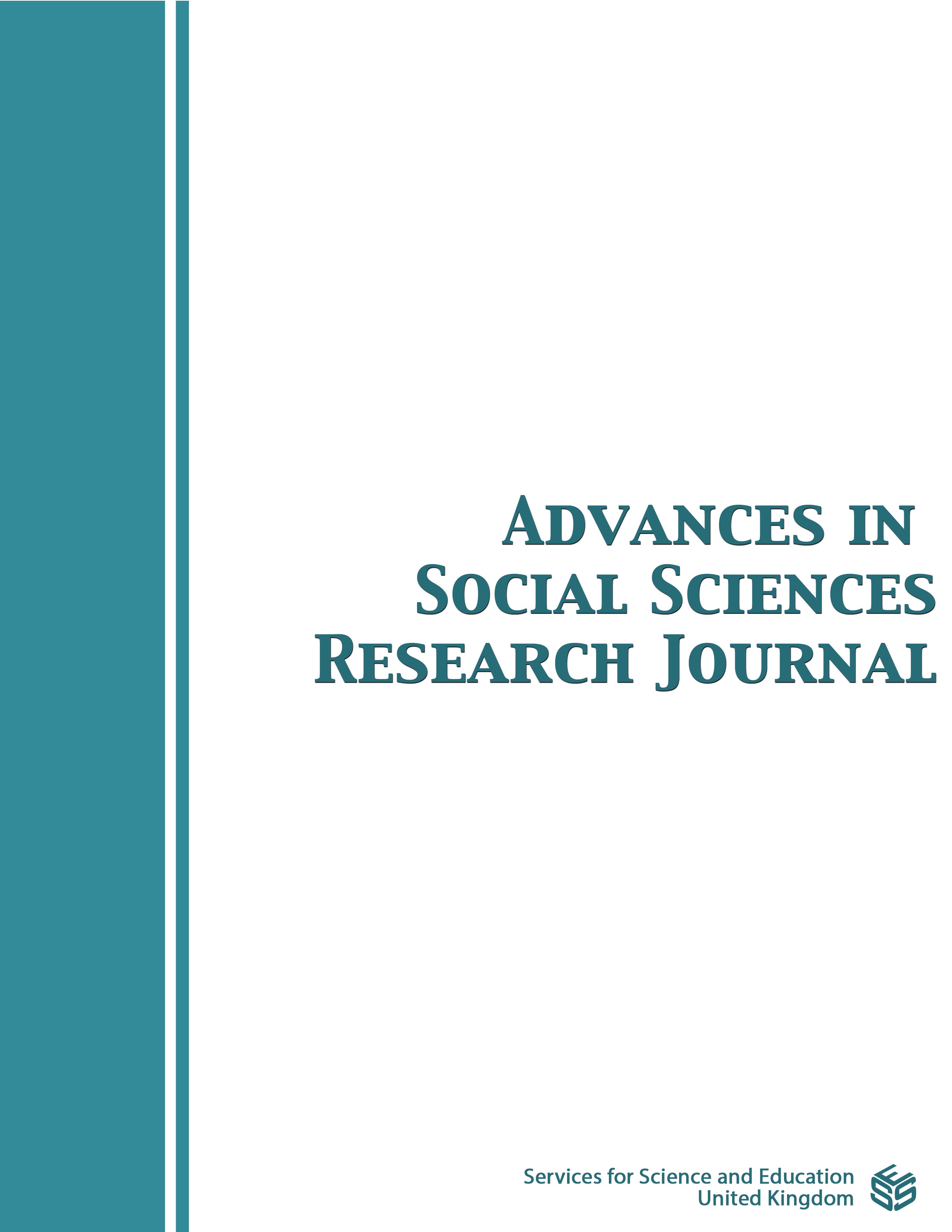Framing Analysis of Reporting on the Indigenous People of Laman Kinipan in Online Media Tempo.co and Detik.com from August to September 2020
DOI:
https://doi.org/10.14738/assrj.912.13712Keywords:
Keywords: Framing Analysis, Tempo.co, Detik.com, Hierarchy of InfluenceAbstract
This research focuses on how the online media Tempo.co and Detik.com frame the news about the arrest of Effendi Buhing, Chairperson of the Laman Kinipan Indigenous People, from August to September 2020. This research took place from June to July 2022. Researchers use the theory of the hierarchy of influence to understand how to frame information on the arrest of Effendi Buhing. This study used the Zhongdang Pan Gerald Konsicki analysis and framing model. The model uses four structural framings: syntax, script, thematic, and rhetorical. Based on research results, the news presented by Tempo.co is more in favor of Effendi Buhing and the indigenous people of Kinipan. The narrative emphasizes more on the issue that the arrest of Effendi Buhing was a criminal act by the police. Meanwhile, from the 17 Detik.com news articles studied, the results were quite balanced because Detik.com was not too biased in favor of either party. In its report, Detik.com emphasized that the video of Effendi Buhing's arrest had previously gone viral on social media before it became news. Associated with the theory of the hierarchy of influence. At the individual level, Tempo.co quite influenced the framing used by Tempo.co in reporting on the arrest of Effendi Buhing. Meanwhile, at Detik.com, the individual level does not affect the framing of the news about Effendi Buhing's arrest. This research expands on communication studies research, especially media research, namely framing analysis linked to the theory of the hierarchy of influence, with the subject of reporting on indigenous peoples in two Indonesian mainstream media, Tempo.co and Detik.com. The results of this study strengthen the framing theory that the media constructs and frames messages in presenting their news, as done by Tempo.co and Detik.com. Its relation to the theory of the hierarchy of influence, for Tempo.co strengthens the theory of the hierarchy of influence that individual journalists' level factors, in this case, the educational aspect, influences the content of Tempo.co's news, on the other hand, Detik.com media contradicts the theory of the hierarchy of influence, that individual journalists' factors do not affect news content.
References
. Adipraestio , J. (2015). Hierarchy Influence in Mediation Order https://www.remotivi.or.id/kupas/245/hierarki-pengaruh-dalam-mediation-pesan
. Amalia, Mirta., & SL (2012). Citizens Talk Media: Ten Stories .
. Bungin, B. (2008). Sociology of Communication: Theory, Paradigm and Discourse of Communication Technology in .Kencana Society.
. Eriyanto. (2002). Analysis of Construction Framing, Ideology, and Media Politics . LKiS Group.
. Lord. (2015). Indigenous Peoples' Publications Receive Less Media Attention . https://ugm.ac.id/id/berita/9788-persoalan- Masyarakat-adat-kurang-mendapat-perhatian-media
. Haba, J. (2010). The Reality of Indigenous Peoples in Indonesia: A Reflection. Journal of Society & Culture , 12 (2).
. Halnana, A. & AM (2017). Media in Reporting on Tanjung Balai Asahan (Framing Analysis Study About Tanjung Balai Asahan Riot at Republika.Co.Id). Commed : Journal of Communication and Media , 2 (1), 48–63. https://doi.org/10.33884/commed.v2i1.236
. Hutami, MF, & Sjafirah, NA (2019). Tribunnews.Com Online Media Framing Against Female Figures in Depok Pornographic Video News. Journal of Journalism Studies , 2 (1), 25–43. https://doi.org/10.24198/kj.v2i1.21072
. Krisdinanto, N. (2014). Anomaly and Hierarchical Theory of Influence on Media Content. Communicative , 3 (1), 1–18.
. Kriyantono, R. (2020). Practical Techniques of Quantitative and Qualitative Communication Research . Pranadamedia Group.
. Kurniasih, Y. (2021). Indigenous Peoples: Discussed Only When There Is a Conflict or Their Clothes are Worn by Officials . https://projectmultatuli.org/community-adat-discussed-only-saat-konflik-atau-bajunya-digunakan-pejuang/
. Matyani, E. ; JA (2017). Magdalene.co as Media Advocacy for Women. Communication Studies , 14 (I), 111–124.
. McQuail, D. (2010). Mass Communication Theory (6th ed.) . SAGE Publications.
. Muhtadi, US (2016). Introduction to Journalism . Symbiotic Rekatama Media.
. Puspa, A. (2020). Government Present for Marginalized Groups . https://mediaindonesia.com/humaniora/362896/government-present-for-marginal-groups
. Rahadi. (2017). News Framing in Local Media (Framing Analysis of Reporting on Malang Regent Candidates on Radar Malang Daily October 1-7 2015). ARISTO , 5 (1), 49–81.
. Rahman, R. (2019). The Role of Religion in Marginalized Society. Socioreligious , 4 (1), 80–89. http://103.55.216.56/index.php/Sosioreligius/article/view/10661
. Remotiva. (2020). Inclusive Media Index Research Report . 1–116.
. Shoemaker, PJ, & Reese, SD (1995). Mediating Messages: The Theory of Influence of Mass Media Content
. Similarweb.com. (2022a). Second. com . https://www.similarweb.com/website/detik.com/#overview
. Similarweb.com. (2022b). tempo . co . https://www.similarweb.com/website/tempo.co/#overview
. Tapsell, R. (2017). Media Power in Indonesia: Oligarchy, Citizens and the Digital Revolution . Rowman & Littfield International.
. tempo.co. (2021). About Us . https://www.tempo.co/about
Downloads
Published
How to Cite
Issue
Section
License
Copyright (c) 2022 Muhammad Fathi Djunaedy, Rachmat Kriyantono

This work is licensed under a Creative Commons Attribution 4.0 International License.
Authors wishing to include figures, tables, or text passages that have already been published elsewhere are required to obtain permission from the copyright owner(s) for both the print and online format and to include evidence that such permission has been granted when submitting their papers. Any material received without such evidence will be assumed to originate from the authors.






